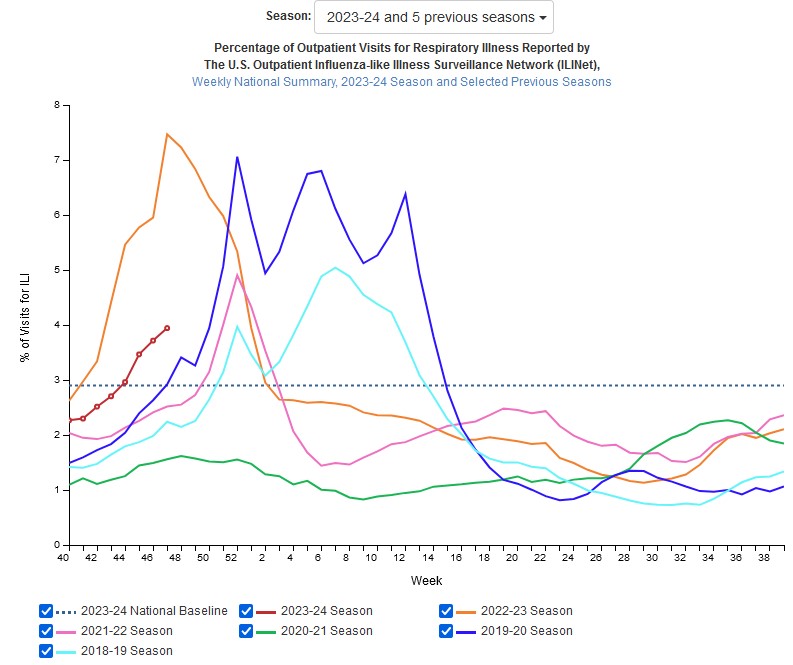The Wisconsin Department of Natural Resources (DNR) yesterday reported the first positive result for chronic wasting disease (CWD) in a wild deer in Jackson County, located in the west central part of the state. Earlier this fall, the DNR reported the first detection in neighboring Trempealeau County, as well as in Polk County in the northwestern part of the state.

The deer was a 2-year-old hunter-harvested buck. It was harvested in the town of Garfield, which is 10-miles from the borders of Eau Claire and Trempealeau counties. The detection in Jackson County triggers a renewal of a baiting and feeding ban, which has been in place in Eau Claire and Trempealeau counties due to earlier CWD detections.
The DNR said it and the Jackson County Deer Advisory Council will hold a meeting to provide information on CWD in Wisconsin and testing for CWD in Jackson County. Wisconsin has now reported CWD in 64 of its 72 counties, after confirming its first case in 2002.
Found in deer and other cervids, CWD is a fatal neurological disease caused by prions and is similar to bovine spongiform encephalopathy (mad cow disease). Though no human cases have been found, health officials urge people to avoid eating the meat of infected animals and to take precautions when field dressing or butchering cervids.













